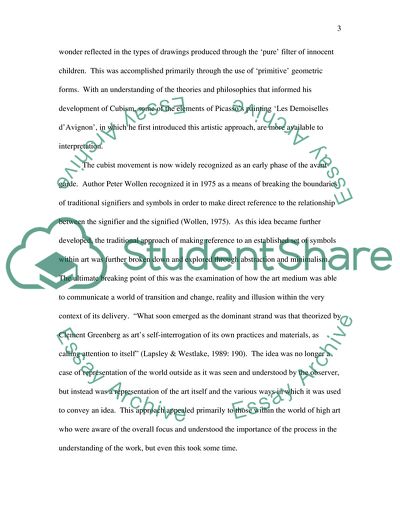Cite this document
(“The Cubist Movement and Les Demoiselles dAvignon Essay”, n.d.)
The Cubist Movement and Les Demoiselles dAvignon Essay. Retrieved from https://studentshare.org/visual-arts-film-studies/1545075-the-cubist-movement-and-les-demoiselles-davignon
The Cubist Movement and Les Demoiselles dAvignon Essay. Retrieved from https://studentshare.org/visual-arts-film-studies/1545075-the-cubist-movement-and-les-demoiselles-davignon
(The Cubist Movement and Les Demoiselles DAvignon Essay)
The Cubist Movement and Les Demoiselles DAvignon Essay. https://studentshare.org/visual-arts-film-studies/1545075-the-cubist-movement-and-les-demoiselles-davignon.
The Cubist Movement and Les Demoiselles DAvignon Essay. https://studentshare.org/visual-arts-film-studies/1545075-the-cubist-movement-and-les-demoiselles-davignon.
“The Cubist Movement and Les Demoiselles DAvignon Essay”, n.d. https://studentshare.org/visual-arts-film-studies/1545075-the-cubist-movement-and-les-demoiselles-davignon.


